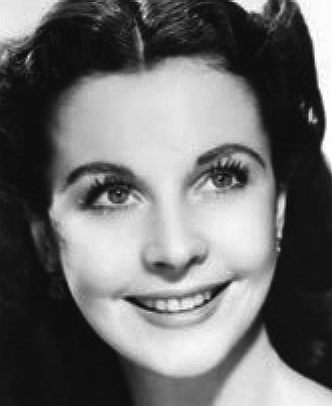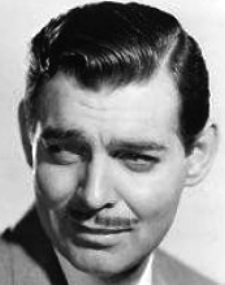|
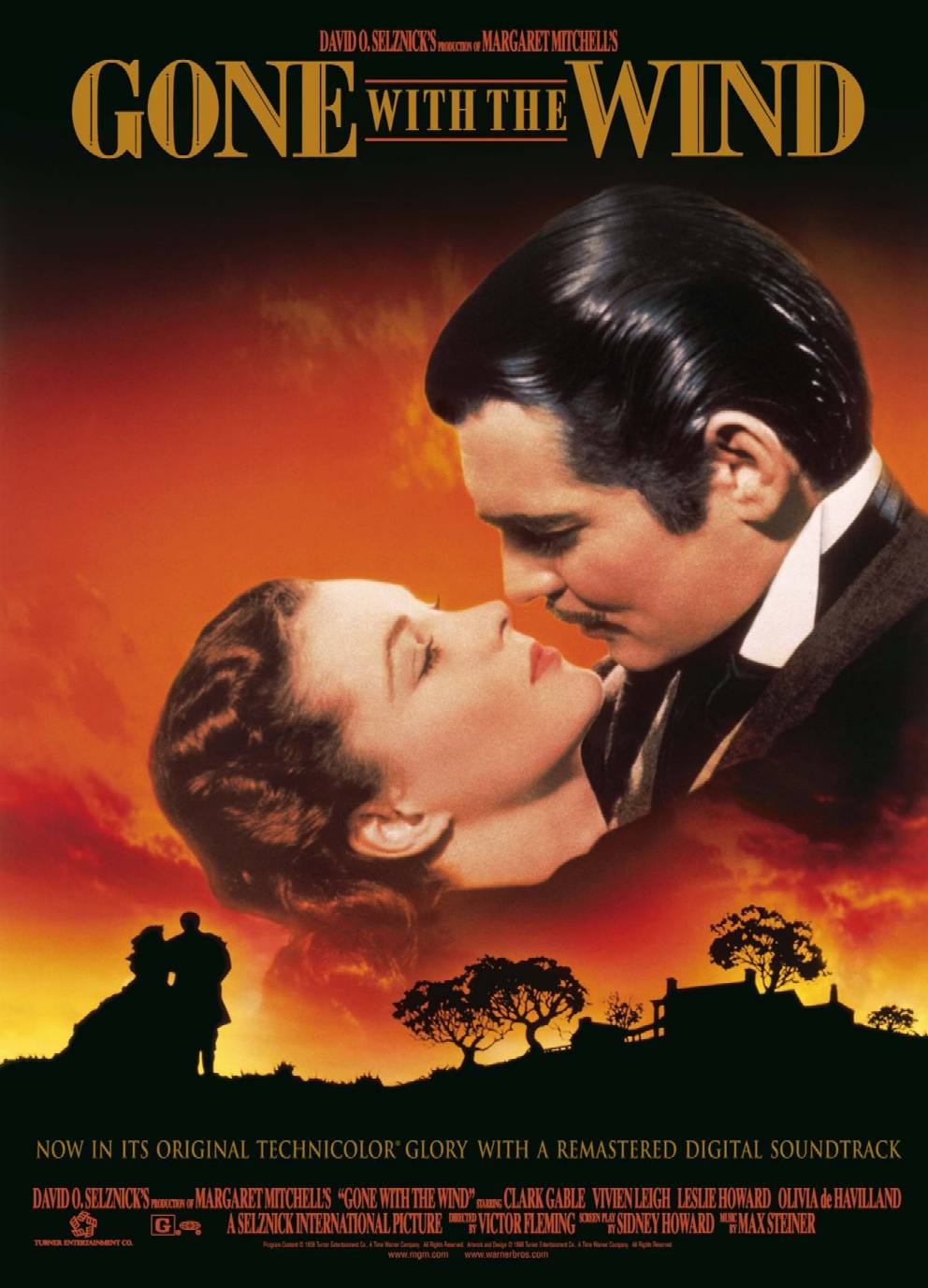
GONE
WITH THE WIND
Despite his reluctance to play the role, Gable is best known for his performance in Gone with the Wind (1939), which earned him an Academy Award nomination for Best Actor. Carole Lombard may have been the first to suggest that he play Rhett Butler (and she play Scarlett) when she bought him a copy of the bestseller, which he refused to read.
Butler's last line in Gone with the Wind, "Frankly, my dear, I don't give a damn," is one of the most famous lines in movie history.
Gable was an almost immediate favorite for the role of Rhett with both the public and producer David O. Selznick. But since Selznick had no male stars under long-term contracts, he needed to go through the process of negotiating to borrow an actor from another studio. Gary Cooper was Selznick's first choice. When Cooper turned down the role of Butler, he was quoted as saying, "Gone With the Wind is going to be the biggest flop in Hollywood history. I’m glad it'll be Clark Gable who’s falling flat on his nose, not me." By then, Selznick had become determined to hire Gable, and set about finding a way to borrow him from
Metro-Goldwyn-Mayer. Gable was wary of potentially disappointing an audience that had decided that no one else could play the part. He later conceded, "I think I know now how a fly must react after being caught in a spider's web." Gone with the Wind was Gable's first Technicolor film. Also appearing in Gone with The Wind in the role of "Aunt Pittypat" was Laura Hope Crews who had coaxed Gable back into the theater from Portland.
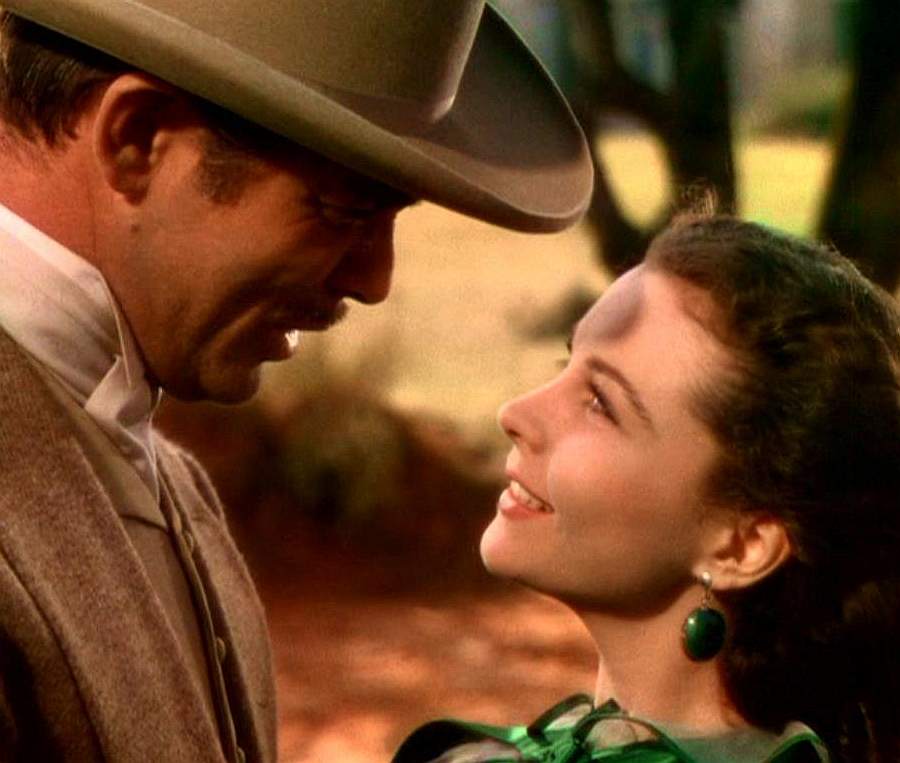
By all accounts, Gable got along well with his co-stars during filming. Gable was great friends with actress Hattie McDaniel, and he even slipped her a real alcoholic drink during the scene in which they were supposed to be celebrating the birth of Scarlett and Rhett's daughter. Gable tried to boycott the premier of Gone with the Wind in Atlanta, Georgia, because the African-American McDaniel was not permitted to attend. He reportedly only went after she pleaded with him to go. Gable remained friends with McDaniel, and he always attended her
Hollywood parties, especially when she was raising funds during World War II.
Gable did not want to shed tears for the scene after he inadvertently causes Scarlett to miscarry their second child. Olivia de Havilland made him cry, later commenting, "... Oh, he would not do it. He would not! Victor (Fleming) tried everything with him. He tried to attack him on a professional level. We had done it without him weeping several times and then we had one last try. I said, "You can do it, I know you can do it and you will be wonderful ..." Well, by heaven, just before the cameras rolled, you could see the tears come up at his eyes and he played the scene unforgettably well. He put his whole heart into it."
Decades later, Gable said that whenever his career would start to fade, a re-release of Gone with the Wind would soon revive his popularity, and he continued as a top leading actor for the rest of his life. Thanks in part to MGM's dominance in balloting, Gable was the lead actor in three films that won the
Academy Award for Best Picture between 1934 and 1939. Only Dustin Hoffman has subsequently enjoyed a similar trifecta. Gone with the Wind was given theatrical re-releases in 1947, 1954, 1961, 1967 (in a widescreen version), 1971, 1989, and 1998.
Gone
With the Wind
A
- Z FILMS INDEX

A
- Z ACTORS INDEX
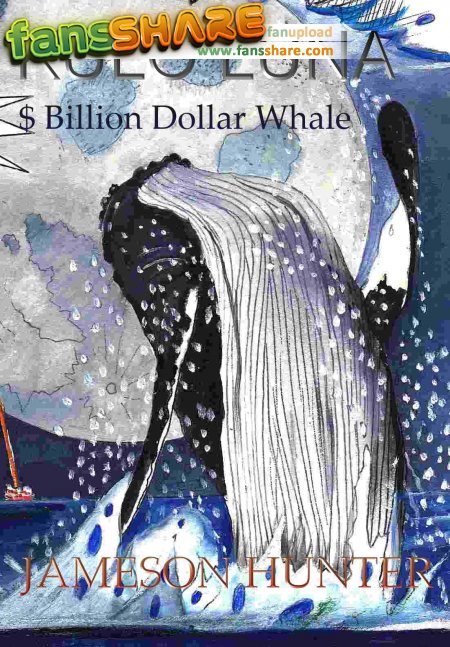
A
heartwarming action adventure:
Pirate
whalers
V Conservationists,
introducing
John Storm and his solar powered robot ship
as
they fight to save a wounded whale from the sushi bars.
For
release as an e-book from 2013/4 with hopes for a film in
2015 TBA
|
